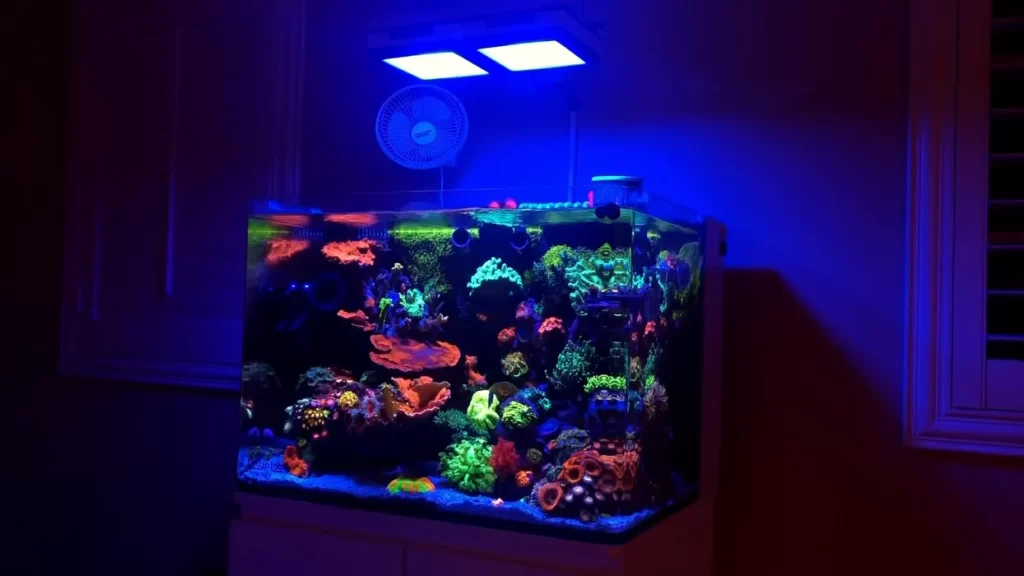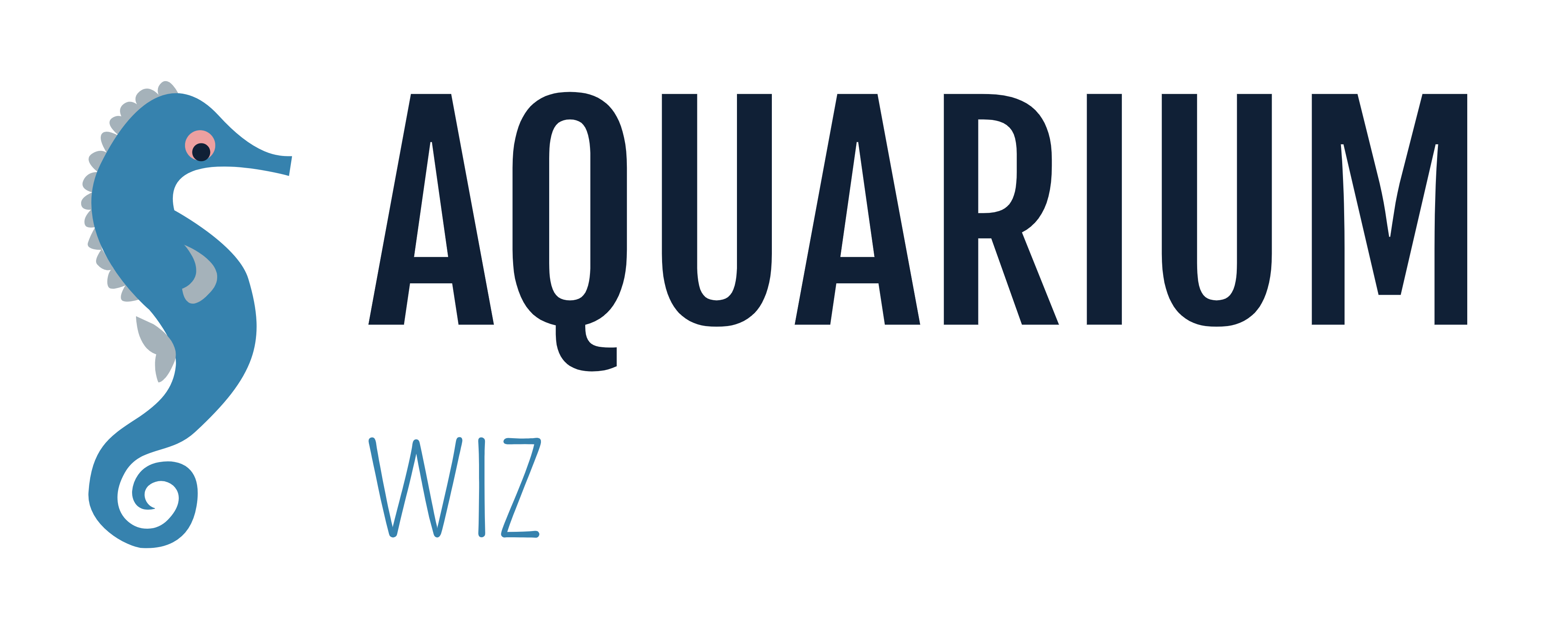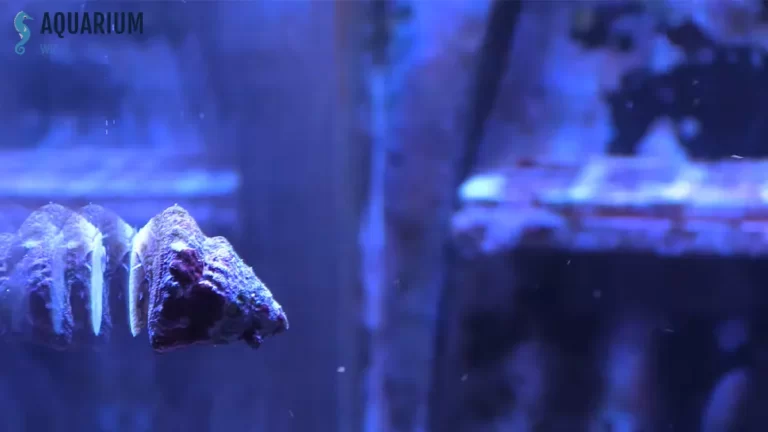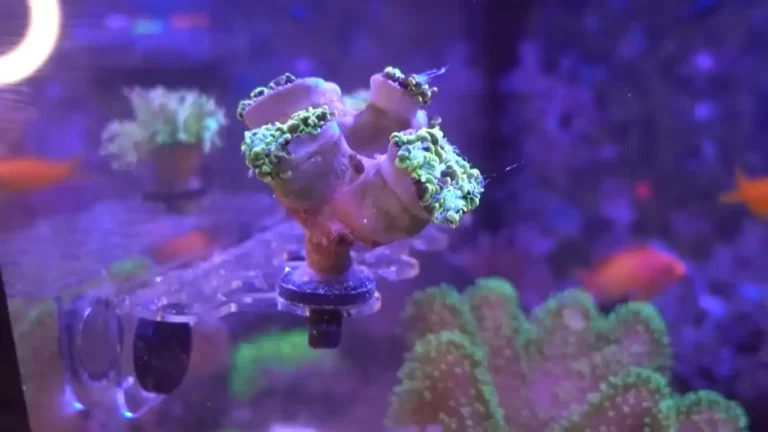What Temperature Kills Saltwater Ich: A Guide to Eradicating the Parasite
Saltwater ich is a parasitic disease that can have a devastating effect on marine life. It is caused by a protozoan that attaches itself to the skin, fins, and gills of fish. The disease can cause a range of symptoms, including white spots on the skin, labored breathing, and lethargy. If left untreated, it can lead to the death of the infected fish.
Understanding the temperature that kills saltwater ich is crucial for effective treatment. The disease has a life cycle that is influenced by temperature, and knowing the right temperature to use in treatment can be the difference between success and failure. Factors such as the type of fish, the severity of the infection, and the presence of other diseases can also affect the effectiveness of treatment.
Key Takeaways
- Understanding the temperature that kills saltwater ich is crucial for effective treatment.
- Factors such as the type of fish, severity of infection, and presence of other diseases can affect treatment success.
- Prevention is key to keeping marine fish healthy and free from disease.

What Temperature Kills Saltwater Ich?
Saltwater ich, caused by the parasite Cryptocaryon irritans, can be fatal to fish if left untreated. One effective way to treat saltwater ich is to raise the temperature of the water in the tank to 86°F (30°C). This temperature is lethal to the parasite that causes ich, and can help to cure the disease.
However, it is important to raise the temperature gradually, by no more than 2-3°F (1-2°C) per day until it reaches the desired level. This gradual increase in temperature will help the fish to acclimate to the warmer water and reduce the risk of stress or shock.
During treatment, it is crucial to monitor the temperature of the water closely. A thermometer should be used to ensure that the temperature remains within the safe range and does not exceed 86°F (30°C). If the temperature rises too high, it can cause oxygen levels in the water to decrease, which can be harmful to the fish.
It is worth noting that other factors, such as salinity levels and the fish’s overall health, can also affect the effectiveness of temperature treatment for saltwater ich. Therefore, it is always best to consult with a veterinarian or an experienced aquarist to determine the best course of treatment for your fish.
In summary, raising the water temperature to 86°F (30°C) can be an effective way to kill off the parasite that causes saltwater ich. However, it is important to raise the temperature gradually and monitor it closely to avoid harming the fish.
What is Saltwater Ich?
Saltwater ich, also known as marine ich or marine white spot disease, is a common parasitic infection that affects saltwater fish. It is caused by the parasite Cryptocaryon irritans and can be fatal if left untreated. The parasite lives in the substrate of the aquarium and attaches itself to the skin of the fish, causing small white spots to appear on the body and fins. These spots are actually cysts that contain the parasite and can cause the fish to become lethargic, lose their appetite, and eventually die.
Saltwater ich is highly contagious and can spread quickly throughout an aquarium. It is often introduced into an aquarium through new fish or live rock, and can also be caused by poor water quality or stress. Therefore, it is important to quarantine new fish before introducing them into the main aquarium and maintain good water quality to prevent the disease from spreading.
Symptoms of saltwater ich include white spots on the body and fins of the fish, rapid breathing, rubbing against objects in the aquarium, and loss of appetite. In severe cases, the fish may also develop secondary infections or other health problems. If left untreated, saltwater ich can quickly become fatal for fish, and can also spread to other marine life in the aquarium.
To treat saltwater ich, there are several methods available, including copper-based medications, hyposalinity treatment, and high-temperature treatment. However, it is important to research and consult with an expert before choosing a treatment method, as some methods can harm certain types of fish or invertebrates.
Read Also: Flashing Tilefish: Freshwater or Saltwater?
Temperature and Saltwater Ich
Saltwater ich is a common parasitic infection that affects marine fish. The parasite has a complex life cycle that involves several stages, and temperature plays a crucial role in its growth and development. The optimal temperature range for saltwater ich growth is between 72-78°F (22-25°C), and at this temperature range, the parasite can complete its life cycle within 7-10 days, leading to severe infection and death of the fish.
However, raising the temperature of the aquarium water to 86°F (30°C) or higher can kill the parasite within 24-48 hours. It is recommended to gradually increase the temperature by 2-3°F (1-2°C) per hour until the desired temperature is reached. It is important to monitor the temperature closely and ensure that it does not exceed 90°F (32°C), as this can be harmful to some marine species.
In addition to raising the temperature, other treatment options for saltwater ich include using medications, hypo salinity, UV sterilizers, and oxidizing the parasite with oxygen radicals inside the reef tank. However, these methods may not always be 100% effective due to the life cycle and nature of the parasite.
It is important to note that while raising the temperature can be an effective treatment for saltwater ich, it is not recommended as a long-term solution. Prolonged exposure to high temperatures can cause stress to the fish and weaken their immune system, making them more susceptible to other infections. Therefore, it is important to address the underlying cause of the infection and implement preventative measures, such as regular water changes, to maintain a healthy environment for the fish.
Factors Affecting Temperature and Saltwater Ich
Maintaining the right temperature in a saltwater aquarium is essential to prevent and treat ich. However, several factors can affect the temperature and, in turn, the development of saltwater ich.
Water Quality: Poor water quality can lead to fluctuations in temperature, which can stress fish and make them more susceptible to ich. It is crucial to keep the water clean and free of debris to maintain a stable temperature. A dirty aquarium can also lead to the buildup of bacteria, which can cause further issues.
Salinity: The salinity of the water can impact the temperature. High salinity levels can cause the water to retain more heat, while low salinity levels can cause it to lose heat more quickly. Maintaining the proper salinity level in the aquarium is crucial to keep the temperature stable and prevent ich from developing.
Lighting: The lighting in the aquarium can also impact the temperature. Bright lights can increase the temperature, while dimmer lights can lower it. It is essential to use the right lighting for the aquarium and to monitor the temperature to ensure it stays within the optimal range.
In summary, maintaining the right temperature in a saltwater aquarium is crucial to prevent and treat saltwater ich. Factors such as water quality, salinity, and lighting can affect the temperature and, in turn, the development of saltwater ich. It is essential to keep the aquarium clean, maintain the proper salinity level, use the right lighting, and monitor the temperature to prevent ich from developing.
Preventing Saltwater Ich

Preventing saltwater ich is crucial for the health and well-being of marine fish. There are several best practices that fish owners can follow to prevent saltwater ich from infecting their fish.
Firstly, it is important to monitor the temperature and water quality of the aquarium regularly. Saltwater ich thrives in warmer water temperatures, so it is recommended to keep the temperature of the aquarium between 76°F and 78°F. Additionally, maintaining proper water quality by performing regular water changes and testing the water parameters can help prevent the spread of saltwater ich.
Another important step in preventing saltwater ich is to quarantine new fish before introducing them to the main aquarium. This can help prevent the introduction of any parasites or diseases that the new fish may be carrying. Quarantine tanks should be set up and maintained properly, and new fish should be observed for any signs of illness before being introduced to the main aquarium.
In addition to these steps, it is also recommended to avoid overcrowding the aquarium and to provide the fish with a healthy diet and environment. Stress can weaken a fish’s immune system, making them more susceptible to diseases like saltwater ich.
To summarize, here are the best practices for preventing saltwater ich:
- Monitor the temperature and water quality of the aquarium regularly
- Keep the temperature of the aquarium between 76°F and 78°F
- Perform regular water changes and test the water parameters
- Quarantine new fish before introducing them to the main aquarium
- Avoid overcrowding the aquarium
- Provide the fish with a healthy diet and environment
Following these best practices can help prevent the spread of saltwater ich and keep marine fish healthy and happy. If saltwater ich is detected in the aquarium, it is important to take immediate action to prevent the spread of the disease.






